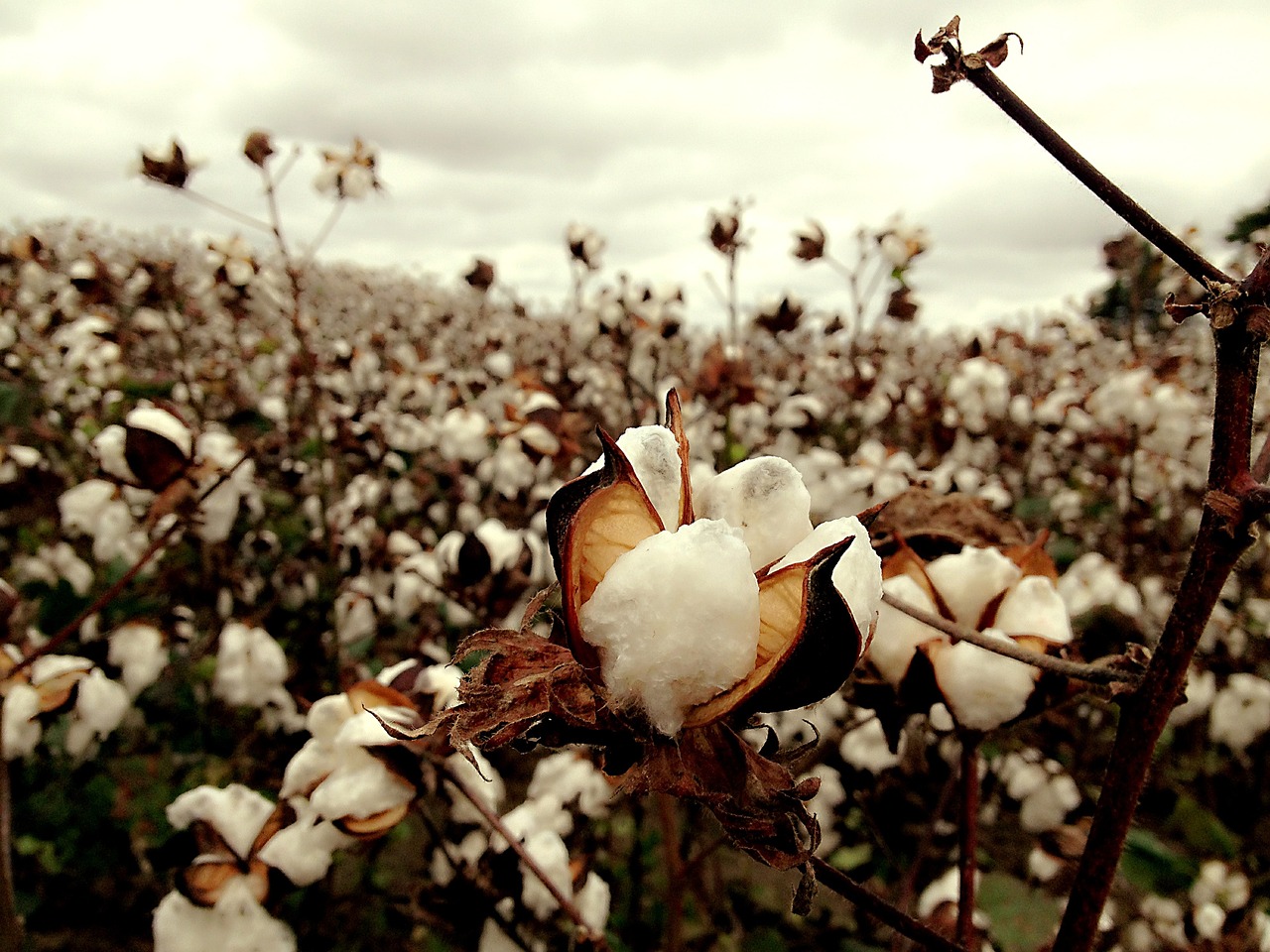The farmer in Madhya Pradesh harvested a soyabean crop from his 10 acres of land in this Kharif season that amounted to about 55 quintals. Nearly 20 quintals, at an average cost of Rs 5,400 each, have been sold by him thus far in the open market. Selling oilseeds earned him close to Rs 6,500 a quintal last year. On commodities exchange platforms like the National Commodity and Derivatives Exchange, farmers may view future prices up to mid-December of the previous year (NCDEX). On December 20, 2021, however, Sebi forbade the trading of wheat, non-basmati paddy, chana, mustard seeds, soyabeans, crude palm oil, and moong for a year.
On August 16 and October 8 of the same year, the trading of chana (gram) and mustard seed futures was previously halted. Niraj Jat, CEO of Avantika Aatm Nirbhar Krashak Producer, a farmers’ producer organization in the Agar area, claims that farmers face difficulties without future contracts, including tracking the real-time rate of the commodity (FPO). According to Jat, present rates are excessively low given rising input costs. In the absence of a future contract mechanism, he continued, growers are unaware of current pricing until they visit the closest mandis in Agar and Ujjain.
With about 4,600 farmer members from 32 villages in the Agar district, Avantika Aatm Nirbhar Krashak Producer sold roughly 9,600 quintals of soyabean last season for about Rs 5,900 each. The farmers connected to Samradha Kisan Producer, an FPO situated in Kandariya village, are similarly preserving their soyabean stock. The FPO, which has 1,570 members, claimed Rs 4.7 crore in revenue the previous year. According to CEO Virendra Singh Songara, they were able to hedge close to 3,000 quintals of soyabean last season utilizing the NCDEX’s “options in goods.”
In comparison to the previous season’s crop of 11.8 MT, the Soyabean Processors Association of India estimates the Kharif 2022 soyabean crop to be 12.03 MT. Madhya Pradesh produces the most soyabeans, with roughly 5.3 MT, followed by Maharashtra (4.8 MT), and Rajasthan (0.7 MT). Seventy percent of the soyabean production in Madhya Pradesh is contributed by the Malwa region, which consists of 13 districts, including Ujjain. In this region, there are around 50 FPOs engaged in soybean-related operations.

